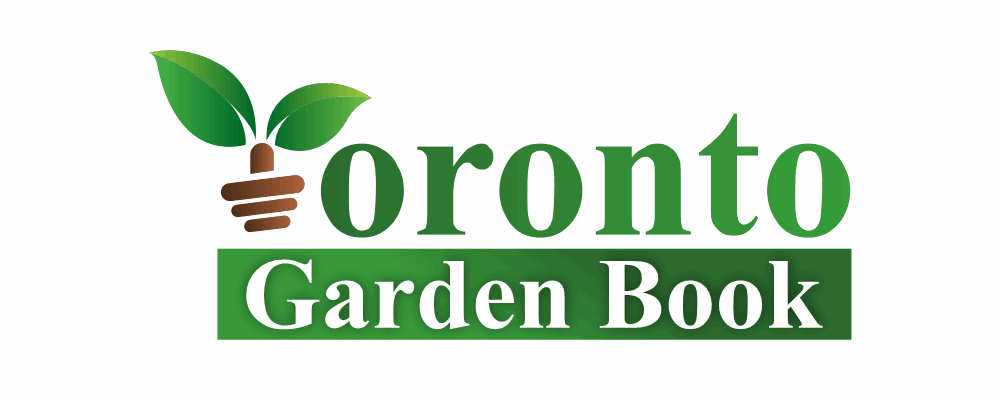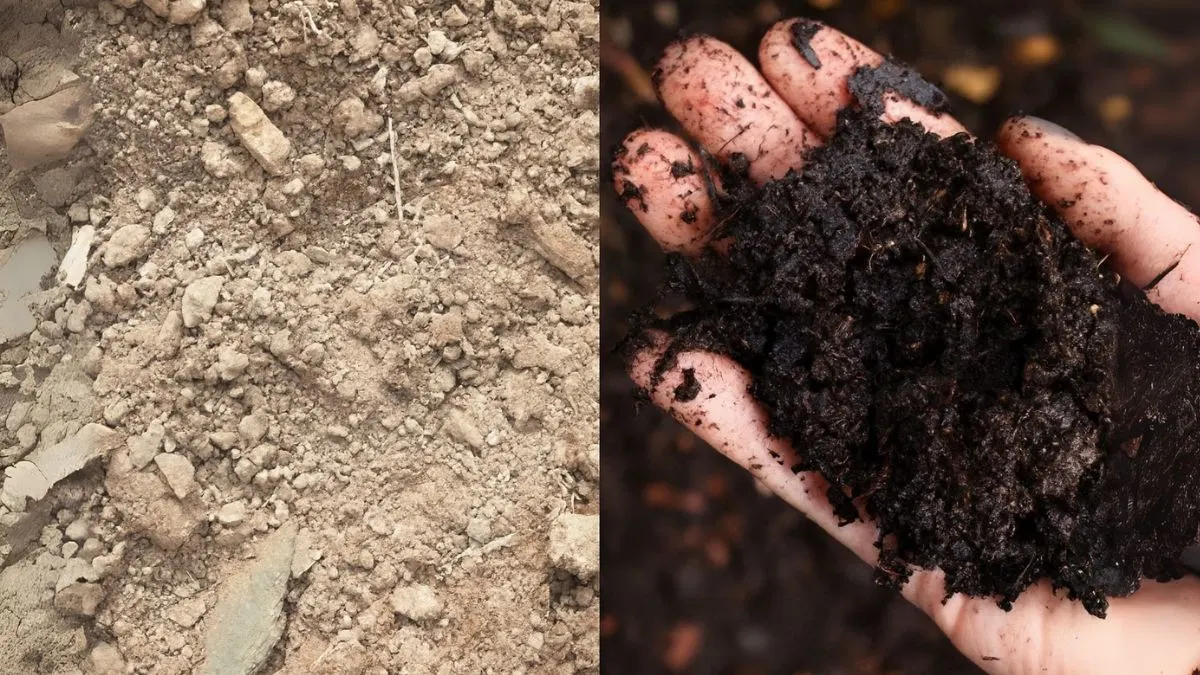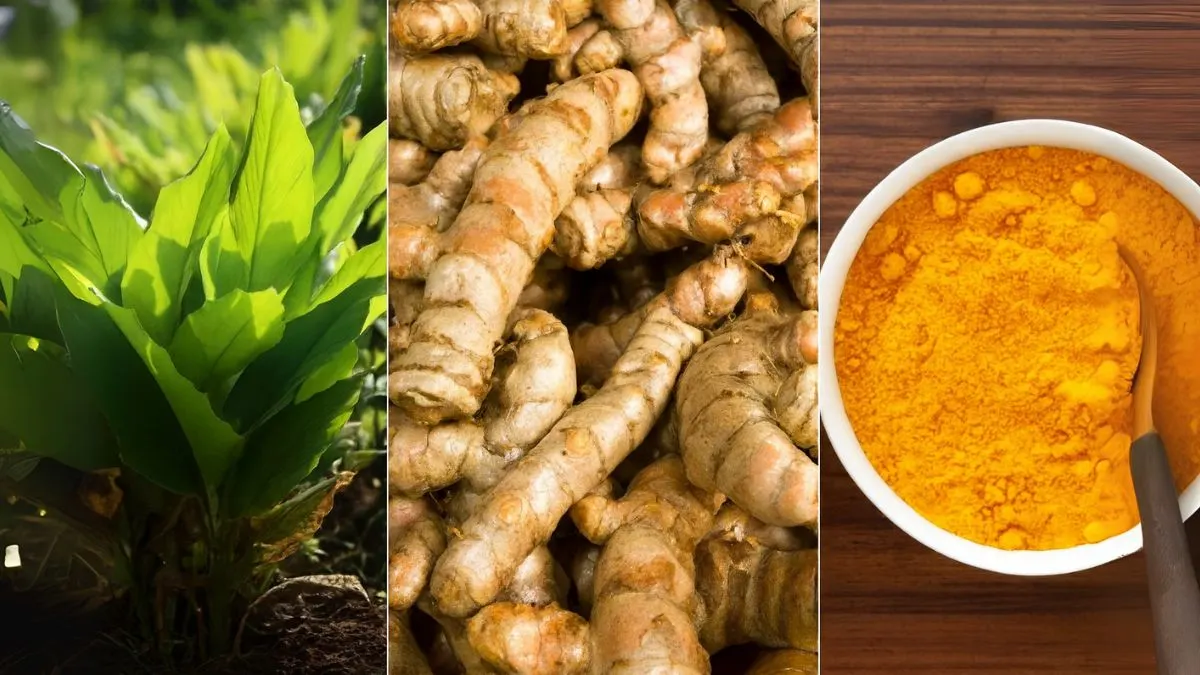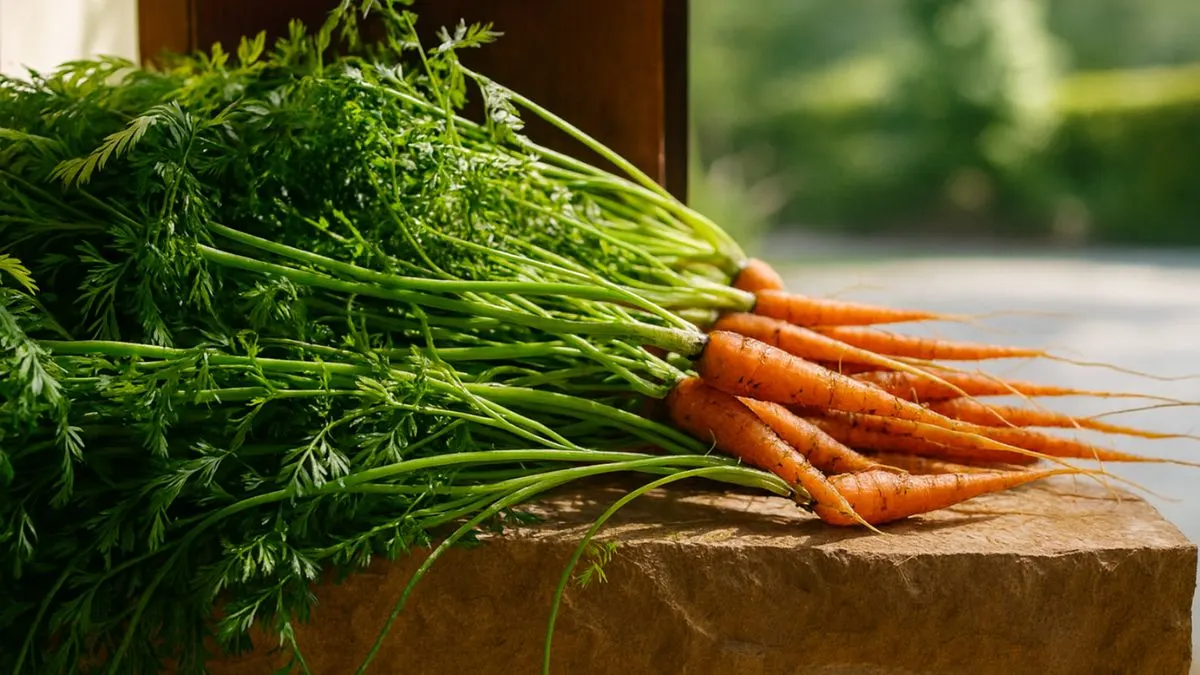Plants, just like humans and animals, face challenges that can harm their health and reduce their ability to thrive. Injury in plants is not just about visible damage—it’s about how the plant responds to stress and how quickly it can recover. Whether it’s caused by pests, diseases, extreme weather, or human activities, understanding plant injuries can help gardeners, farmers, and researchers protect greenery and boost productivity.
What Is Plant Injury?
At its core, injury in plants is damage caused by other organisms or by the non-living (abiotic) environment to plants. This damage can occur suddenly—like a branch breaking in a storm—or gradually, such as slow leaf yellowing from nutrient deficiencies. In every case, plant injuries impact the plant’s normal functioning, making it more vulnerable to further stress.
Common Types of Plant Injuries
1. Physical Injuries
These happen due to mechanical damage—think lawn mower cuts, broken stems, or soil compaction from heavy machinery. Pressure changes and mechanical forces trigger wound healing in plants, but severe physical injuries can still reduce yield and aesthetic value.
2. Biological Injuries
Biological causes include fungi, bacteria, viruses, and pests. These lead to the formation of leaf spots, stem blights, or cankers, which are clear indicators of infection or infestation.
3. Abiotic or Environmental Injuries
These are injuries to plants caused by nonliving agents or factors—such as frost, drought, salinity, air pollution, or nutrient imbalance. While they don’t directly involve living organisms, the effects can be just as harmful.
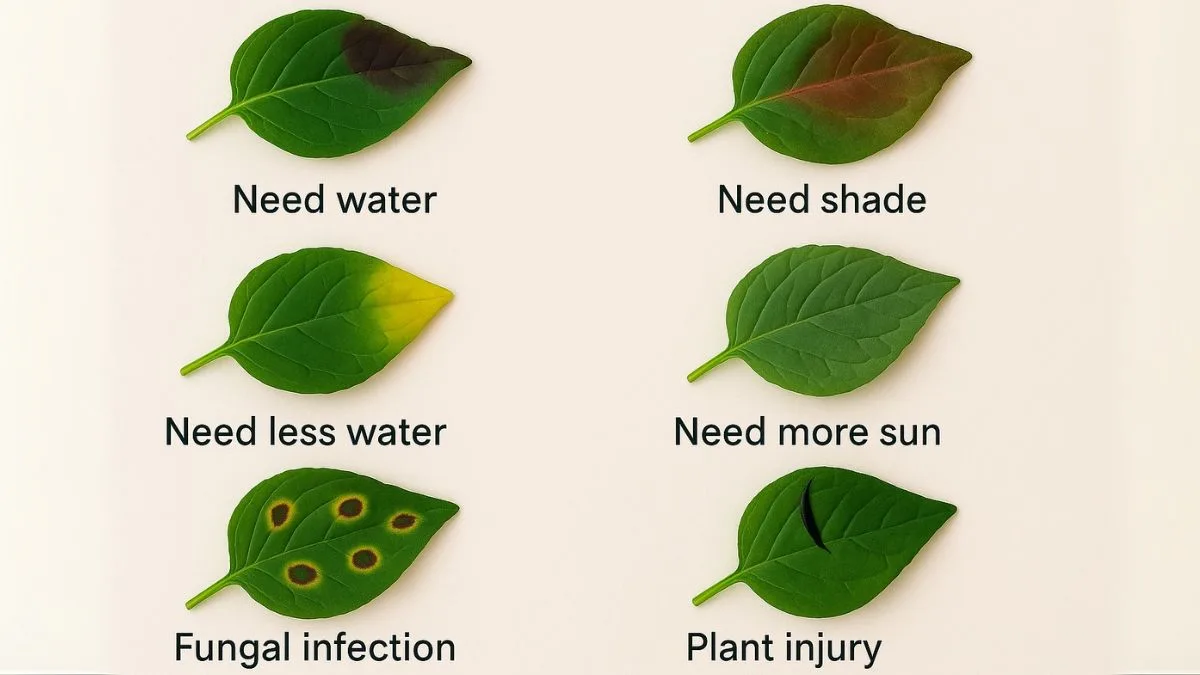
Recognizing Plant Injury Symptoms
Early detection is crucial in plant care. Symptoms are the modified appearance of the affected plant, and they can vary depending on the cause.
- Dead, discolored, or injured areas of tissue indicate damaged cells.
- Yellowing leaves may signal nutrient deficiencies or water stress.
- Wilting often points to root damage or insufficient water.
- Leaf curling could be from pests or heat stress.
- Stunted growth can result from disease or chronic stress.
In severe cases, plant damage is defined as harm to plants that triggers the production of stress toxins, further weakening the plant.
Also Read: Indoor Plant Stands That Instantly Transform Your Space
Causes of Plant Injury
The reasons behind plant injuries are wide-ranging:
- Pests and Diseases – Insects feeding on leaves, fungal spores infecting stems, or bacterial blights causing wilting.
- Weather Extremes – Sudden frost, heatwaves, or high winds.
- Human Activity – Over-pruning, accidental trampling, or chemical misuse.
- Nutrient Imbalance – Deficiency or excess of essential minerals.
- Pollution – Industrial emissions, acid rain, and contaminated water.
The Science Behind Plant Pathology
Plant pathology is the study of plant disease including the reasons why plants become infected, decline in health, or die. This science plays a critical role in agriculture, forestry, and horticulture by helping professionals:
- Identify disease-causing agents.
- Develop resistant plant varieties.
- Create preventive measures and effective treatments.
Understanding plant pathology ensures that plant injuries are not only treated but also prevented in the long term.
Prevention of Plant Injuries
Prevention is always better than cure. Here are key strategies:
- Regular Monitoring – Inspect plants for signs of pests, diseases, or environmental stress.
- Proper Watering – Avoid overwatering or underwatering, as both can stress plants.
- Balanced Nutrition – Provide the right mix of nutrients to strengthen plant immunity.
- Safe Handling – Avoid unnecessary pruning or rough handling.
- Protection from Weather – Use shade nets, windbreaks, or frost covers when needed.
Treatment Options for Plant Injuries
The right treatment depends on the type and cause of injury:
- For mechanical injuries: Prune damaged parts and ensure proper wound closure.
- For pest or disease attacks: Apply organic or chemical controls as needed.
- For abiotic stress: Adjust environmental conditions, such as watering schedules or soil amendments.
- For nutrient deficiencies: Apply the necessary fertilizers in recommended doses.
The goal is to help the plant heal and return to normal function as quickly as possible.
Also Read: Why Ginger Is Called Nature’s Medicine: Benefits Backed by Science
Why Understanding Plant Injury Matters
From home gardeners to large-scale farmers, everyone benefits from recognizing and managing plant injuries. Healthy plants mean:
- Better yields in agriculture.
- Longer life for ornamental plants.
- Reduced maintenance costs.
- Improved environmental quality.
By learning to spot early signs and respond appropriately, you can protect your plants from long-term damage.
Plant injuries are inevitable, but their impact can be minimized with knowledge and timely action. Whether you’re dealing with the formation of leaf spots, stem blights, or cankers, injuries to plants caused by nonliving agents or factors, or physical wounds, understanding the cause is the first step toward recovery.
By combining preventive measures with targeted treatments—and applying insights from plant pathology—you can ensure your plants remain strong, productive, and beautiful for years to come.
